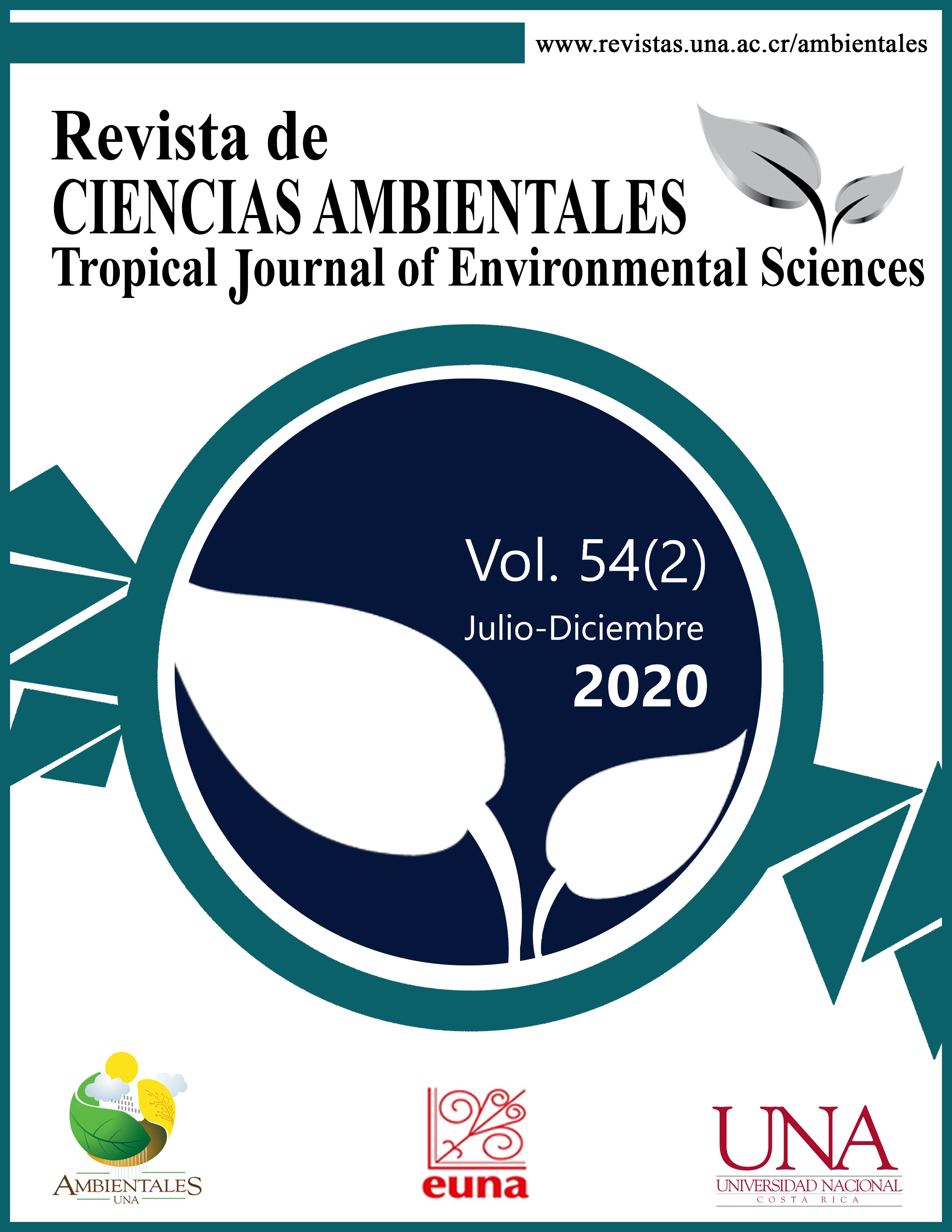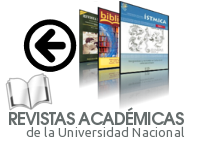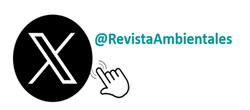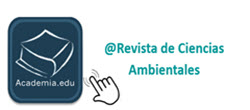Evaluation of the Paraguayan System of Protected Areas After 24 Years of Its Implementation
DOI:
https://doi.org/10.15359/rca.54-2.8Keywords:
Biosphere Reserve; Category; Governance; Management of conservation unitAbstract
[Introduction]:The National System of Wild Protected Areas of Paraguay (SINASIP) was created by Law 352 in 1994 to bring order to the country's protected areas. Since 1954, a total of 102 protected areas have been created. The category with the greatest quantity of protected areas is "Nature Reserve," quadruple the number of National Parks and Natural Monuments. The measurement of the success of SINASIP was initially presented in a simplistic way, based on periods of surface expansion, including the objectionable Biosphere Reserves. [Objective]: This study evaluated the SINASIP in relation to the national coverage, the management categories, and a simple analysis of implementation levels. [Methodology]: The legal bodies of creation, modification, or derogation of each protected area were analyzed. [Results]:The patterns found in relation to the increase or decrease in the surface area of the system and its causes were discussed, and strong deficiencies were found in the creation process. The decrease in terms of the system's surface area is associated with a lack of adequate management, political causes, and land claims. There is a tendency in changing areas from strict conservation categories to less restrictive categories, totaling some 420,326 hectares. The average level of implementation in terms of the five criteria does not reach 50%. There are at least 13 wild protected areas and two categories without implementation; a further five other categories have less than 30% implementation. [Conclusions]: Urgent attention and an appropriate administration are required, especially in terms of restructuring and implementing successful models with multisectoral and participatory management.
References
Alter Vida. (2002). Directrices y alcances de la categoría de manejo de Reserva de Recursos Manejados. Informe de Taller. No publicado.
Bridgewater, P, A Phillips, M Green and B Amos. (1996) Biosphere reserves and the IUCN system of protected area management categories. Australian Nature Conservation Agency – IUCN – UNESCO MAB Program. Canberra. 24 pp.
Brooks, T. (2011). Conservation planning and priorities. En capítulo 11, pp. 199-219, “Sodhi, N.S. y P. R. Ehrlich: Conservation Biology for All. Oxford University Press, Oxford. https://doi.org/10.1093/acprof:oso/9780199554232.003.0012
Cacciali, P., H. Cabral & A. Yanosky. (2015). Conservation implications of protected areas’ coverage for Paraguay’s reptiles. Parks 21(2): 101-119. https://doi.org/10.2305/IUCN.CH.2014.PARKS-21-2PC.en
Cartes, J. L. & Clay, R. P. (2009). Paraguay. Pp 297 – 306 in C. Devenish, D. F. Díaz Fernández, R. P. Clay, I. Davidson & I. Yépez Zabala Eds. Important Bird Areas Americas - Priority sites for biodiversity conservation. Quito, Ecuador: BirdLife International (BirdLife Conservation Series No. 16).
Cartes, J.L. (2013). La urgencia de tomar medidas correctas al respecto del manejo de áreas protegidas. Paraquaria Natural 1(1):39-42.
Cartes, J.L. (2016). Propuesta para la elaboración de planes de manejo en Reservas de Recursos Manejados. Paraquaria Natural 4(1): 19-29
CDC (Centro de Datos para la Conservación, Paraguay). 1990. Áreas Prioritarias para la Conservación en la Región Oriental del Paraguay. DPNVS (Dirección de Parques Nacionales y Vida Silvestre). Subsecretaría de Estado de Recursos Naturales y Medio Ambiente. Ministerio de Agricultura y Ganadería. 1990. Asunción, 99 pp.
ENPAB 2015-2020. (2016). Estrategia Nacional y Plan de Acción para la Conservación de la Biodiversidad del Paraguay 2015-2020. Ministerio de Ambiente y Desarrollo Sostenible, Asunción. 97 pp.
Dudley, N. (2008). Directrices para la aplicación de las categorías de gestión de áreas protegidas. UICN/CMAP – Fundación Biodiversidad. Gland. 96 Pp. https://doi.org/10.2305/IUCN.CH.2008.PAPS.2.es
Elbers, J. (Ed.). (2011). Las áreas protegidas de América Latina: Situación actual y perspectivas para el futuro. Quito, Ecuador, UICN, 227 p.
Feinsinger, P., Pozzi, C., Trucco, C., Cuellar, R.L., Laina, A., Cañizares, M., Noss, A. (2010). Research, conservation, and protected areas in Latin America: an incomplete store. Ecosistemas 19(2): 97-111. https://www.revistaecosistemas.net/index.php/ecosistemas/article/view/49
Gauto, I., R. E. Spichiger & F. W. Stauffer. (2011). Diversity, distribution and conservation status assessment of Paraguayan palms (Arecaceae). Biodivers. Conserv. https://doi.org/10.1007/s10531-011-0100-6
GEF. (2018). GEF VII Biodiversity Strategy. Global Environment Facility, Washington, D.C. 40 pp.
Gudynas, E. (2010). Imágenes, ideas y conceptos sobre la naturaleza en América Latina. En pp. 267-292, En: "Cultura y Naturaleza", Leonardo Montenegro, ed. Jardín Botánico J.C. Mutis, Bogotá (Colombia).
Huang, C.; S. Kim; A. Altstatt; J.R.G. Townshend; P. Davis; K. Song; C.J. Tucker; O. Rodas; A.A. Yanosky; R. Clay & J. Musinsky. (2007). Rapid Loss of Paraguay’s Atlantic Forest and status of protected areas – A Landsat assessment. Remote sensing of Environment 106 (2007): 460-466. https://doi.org/10.1016/j.rse.2006.09.016
Mitchell, B.A.; Stolton, S.; Bezaury-Creel, J.; Bingham, H.C.; Cumming, T.L.; Dudley, N.; Fitzsimons,J.A.; Malleret-King, D.; Redford, K.H. & Solano, P. (2019). Directrices para áreas bajo protección privada. Serie Directrices sobre Buenas Prácticas en Áreas Protegidas No. 29. Gland, Suiza: UICN. xii + 100pp. https://doi.org/10.2305/IUCN.CH.2018.PAG.29.es
SINASIP. (2018). Diagnóstico Estratégico. Sistema Nacional de Áreas Silvestres Protegidas – SINASIP. Ministerio de Ambiente y Desarrollo Sostenible, PNUD, Asunción. 56 pp.
Visconte, P. P. S. H. Butchart, T. M. Brooks, P. F. Langhammer, D. Marnewick, S. Vergara, A. Yanosky & J. E. M. Watson. (2019). Protected area targets post-2020. Science: 364(6437), 239-241. https://doi.org/10.1126/science.aav6886
Published
How to Cite
Issue
Section
License

This work is licensed under a Creative Commons Attribution-NonCommercial-ShareAlike 4.0 International License.



















